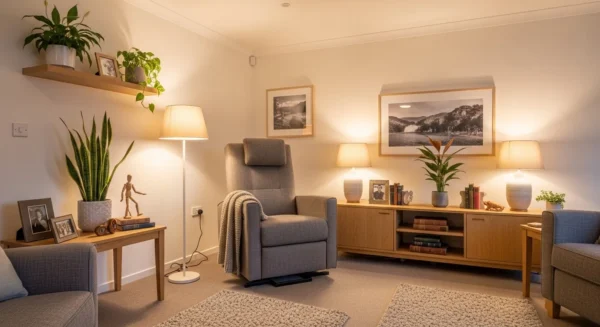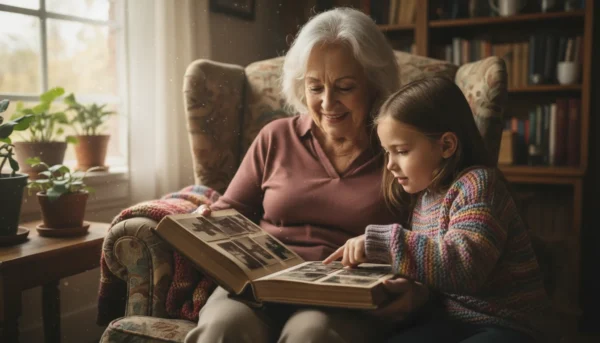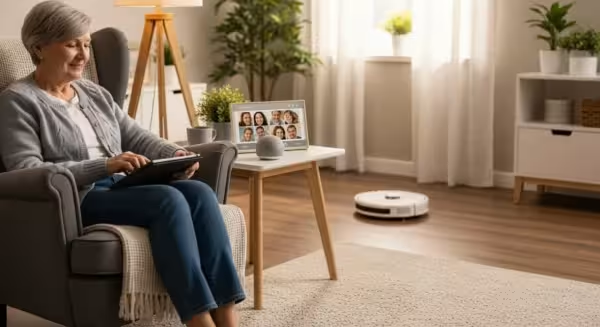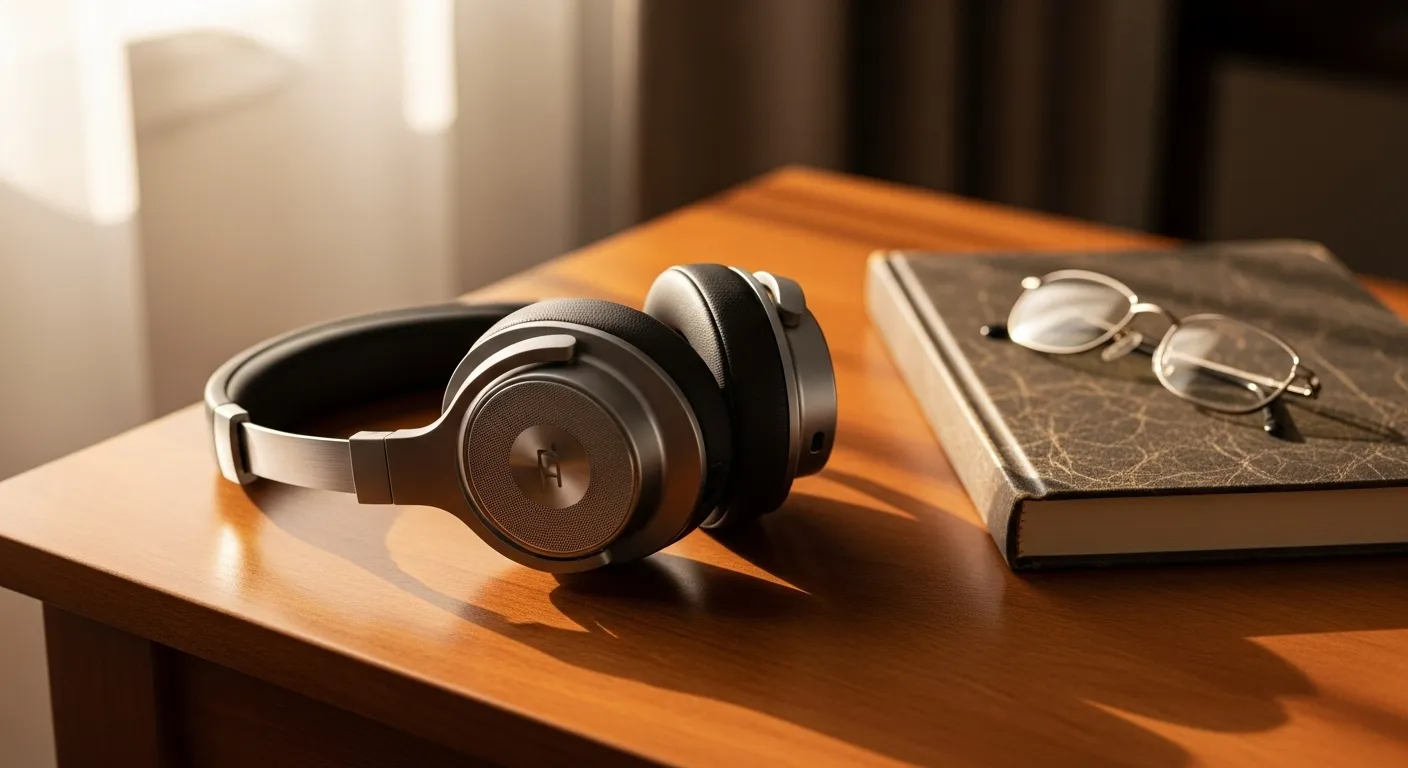
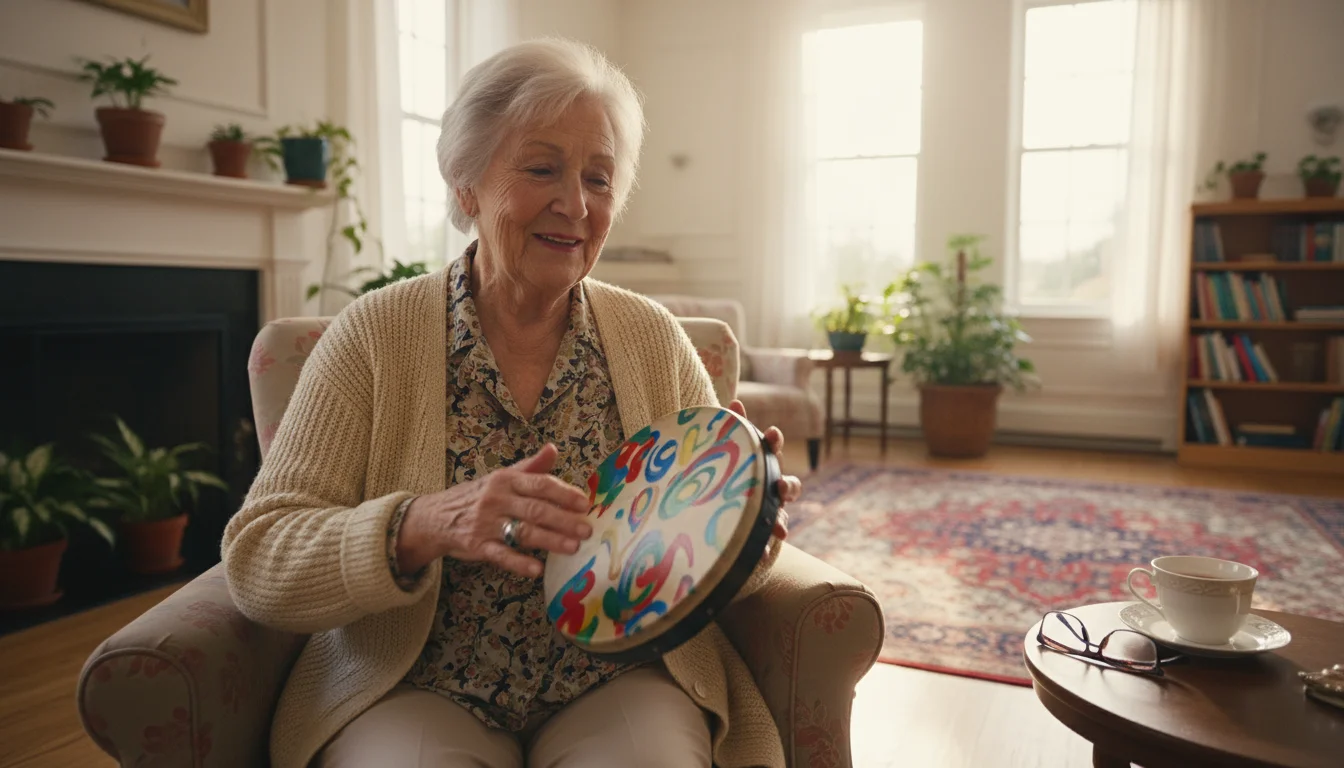
Introduction: Prioritizing Your Health with Music Therapy
As we navigate our golden years, finding joyful and effective ways to maintain our physical, mental, and emotional health becomes a top priority. We seek practices that not only support our independence but also enrich our daily lives. One of the most powerful and accessible tools for achieving this is something many of us have loved our entire lives: music. But beyond simple listening pleasure, music can be a structured and potent tool for wellness. This is the world of music therapy, a practice that harnesses melody, rhythm, and harmony to improve overall health and well-being.
Music therapy is more than just turning on the radio. It is a clinical and evidence-based use of music interventions to accomplish individualized goals within a therapeutic relationship. For seniors, its applications are vast and profound, offering a gentle yet effective way to address a wide range of age-related challenges. From boosting cognitive wellness to easing physical discomfort and fostering social connections, engaging with music can significantly enhance quality of life. This article will explore the remarkable music benefits for healthy aging, providing safe and practical ways to incorporate its healing power into your routine. Remember, your well-being is a journey, and music can be a wonderful companion along the way.
Authoritative health information for seniors is provided by the National Institute on Aging (NIA) and the Centers for Disease Control and Prevention (CDC).
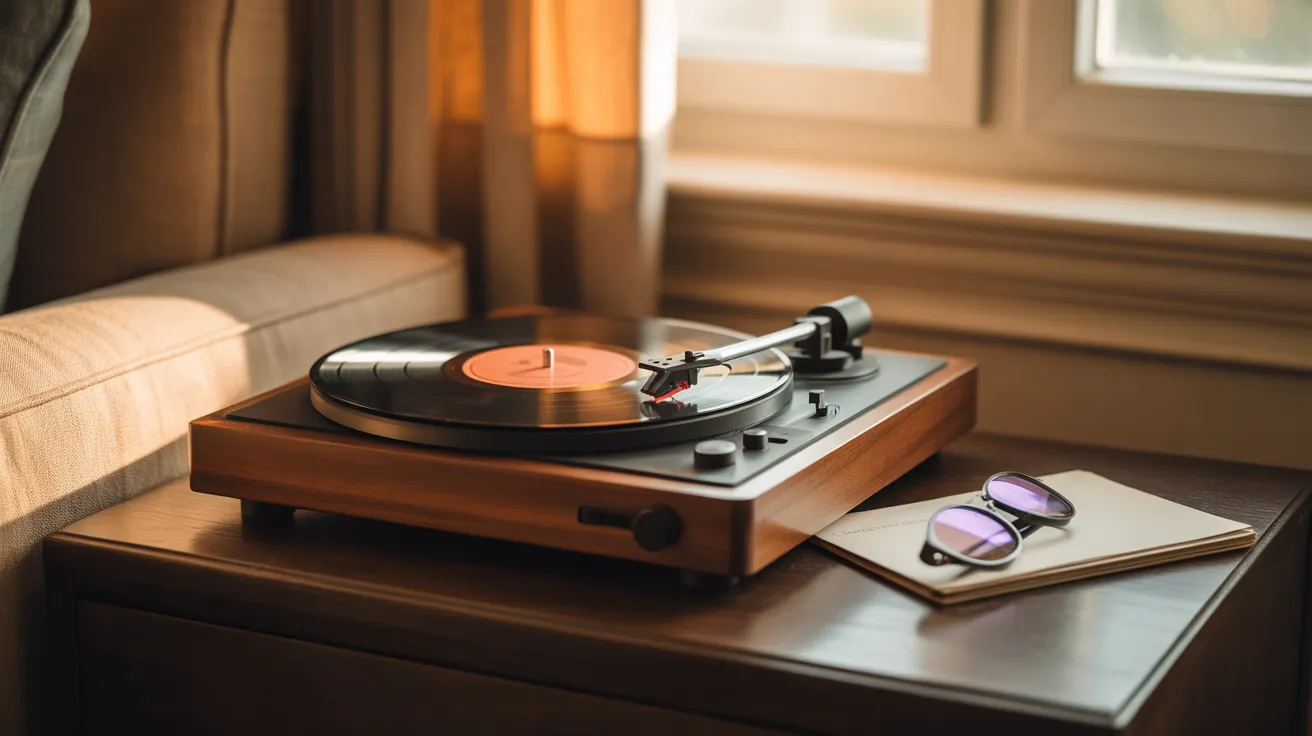
Understanding the Health Benefits (and Any Risks)
Music’s influence on our brains and bodies is deeply researched and widely acknowledged. For seniors, these effects can be particularly beneficial, touching on nearly every aspect of health. When we engage with music, we are doing more than just hearing; we are activating a symphony of neurological and physiological responses that promote healing and happiness.
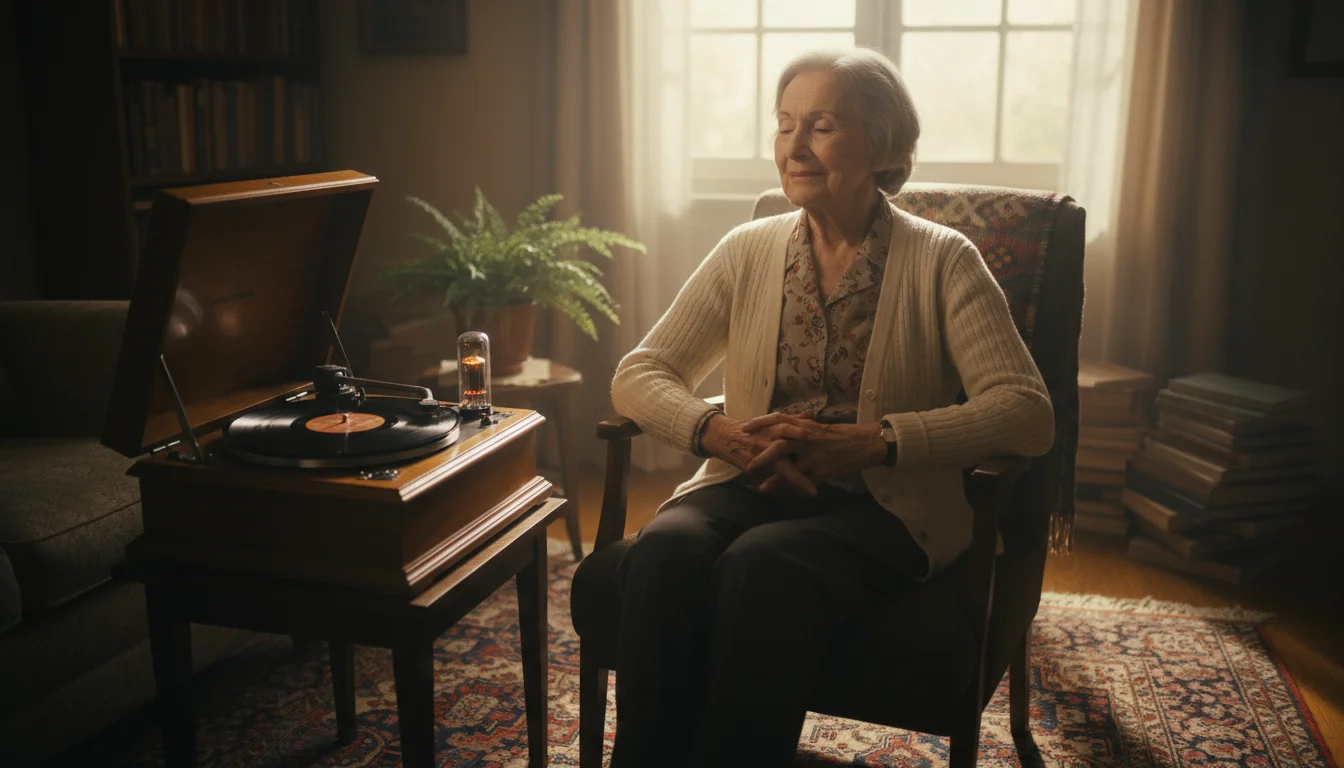
Cognitive Wellness and Memory Support
One of the most celebrated music benefits is its impact on the brain. The connection between music and memory is incredibly strong because our brains are hard-wired to link music with personal experiences and emotions. This is why a song from your teenage years can instantly transport you back in time. For seniors, this connection is a powerful tool for maintaining cognitive wellness.
- Memory Recall: Music can unlock memories and emotions that may otherwise be difficult to access, which is especially valuable for individuals with Alzheimer’s disease or other forms of dementia. Familiar tunes can help orient them, reduce agitation, and provide moments of joyful recognition.
- Brain Stimulation: Listening to or playing music engages multiple areas of the brain simultaneously, including those responsible for memory, movement, and emotion. This “full-brain workout” can help maintain neural pathways and promote cognitive flexibility.
- Improved Focus: The structure and patterns in music can help improve attention and concentration. Focusing on a melody or rhythm provides a gentle mental exercise that can strengthen focus over time.
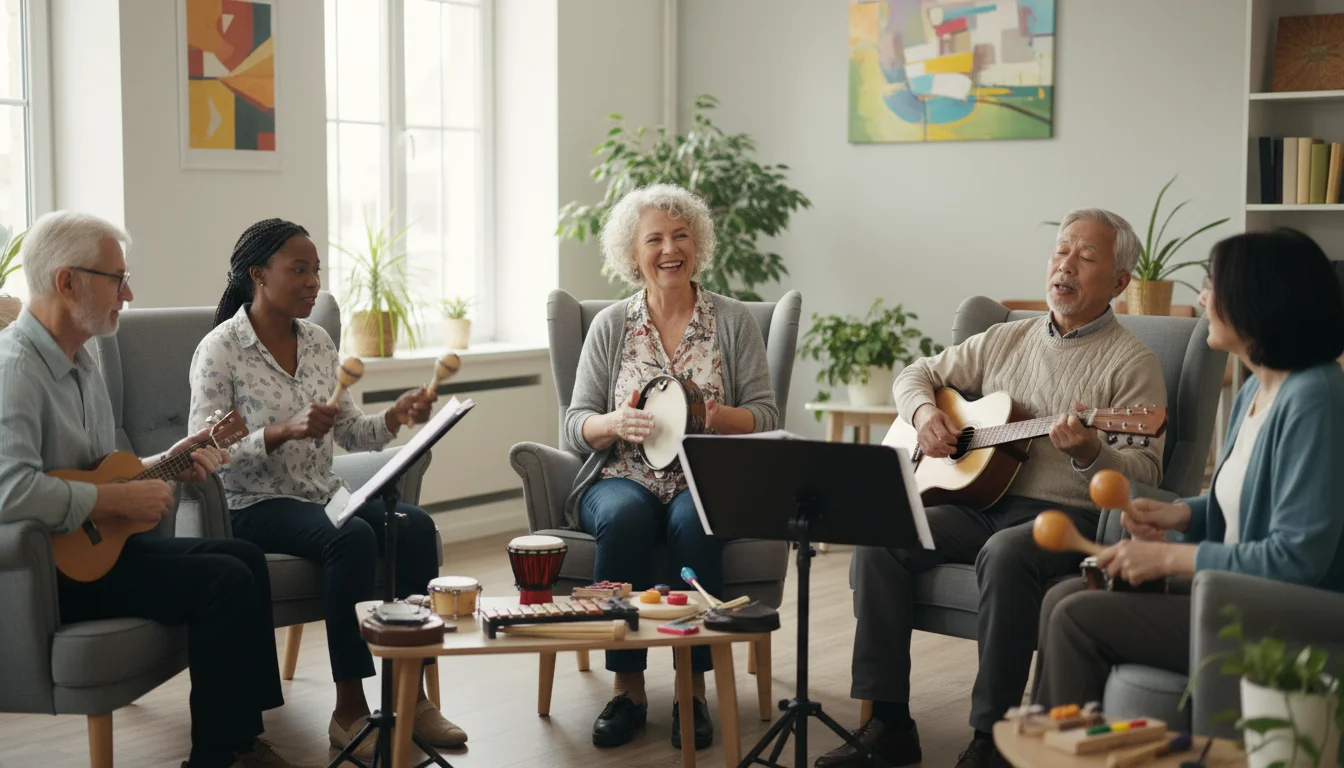
Emotional and Mental Health Boost
The journey of aging can sometimes bring feelings of loneliness, anxiety, or depression. Music provides a powerful, non-pharmacological way to manage these emotions and cultivate senior happiness. It can be a source of comfort, a catalyst for joy, and a safe outlet for expressing feelings that are hard to put into words.
- Reduces Stress and Anxiety: Listening to slow, calming music has been shown to lower cortisol levels (the “stress hormone”), slow the heart rate, and lower blood pressure. This creates a state of relaxation that can ease feelings of anxiety and tension. For mental health support, consult the National Institute of Mental Health (NIMH).
- Elevates Mood: Upbeat, familiar music can trigger the release of dopamine, a neurotransmitter associated with pleasure and reward. This can provide an immediate mood lift and combat feelings of sadness or lethargy.
- Combats Loneliness: Music provides companionship. For those living alone, having music playing in the background can make a home feel less empty. Furthermore, participating in group music activities creates vital social bonds.
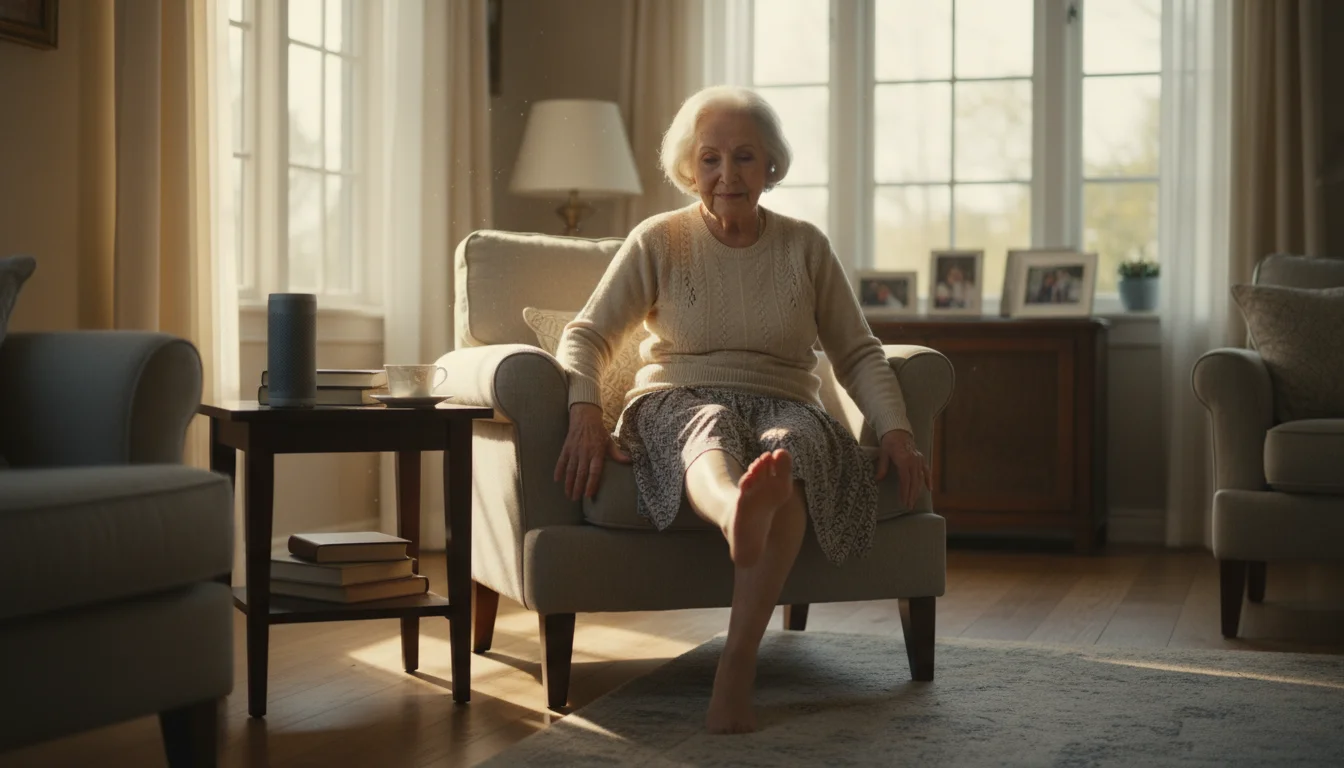
Physical Health Improvements
The benefits of music are not confined to the mind; they extend to the body as well. The rhythmic component of music can influence motor skills and physical responses in remarkable ways.
- Pain Management: Music can serve as a distraction from chronic pain and discomfort. It can also cause the brain to release endorphins, which are the body’s natural painkillers.
- Improved Movement and Coordination: For individuals with conditions like Parkinson’s disease, the steady beat of music can provide an external cue that helps regulate gait and improve balance, making walking smoother and safer. Gentle, music-led exercises can also improve mobility and strength.
- Better Sleep: Listening to soothing classical or ambient music before bedtime can help calm the nervous system, making it easier to fall asleep and improving overall sleep quality.
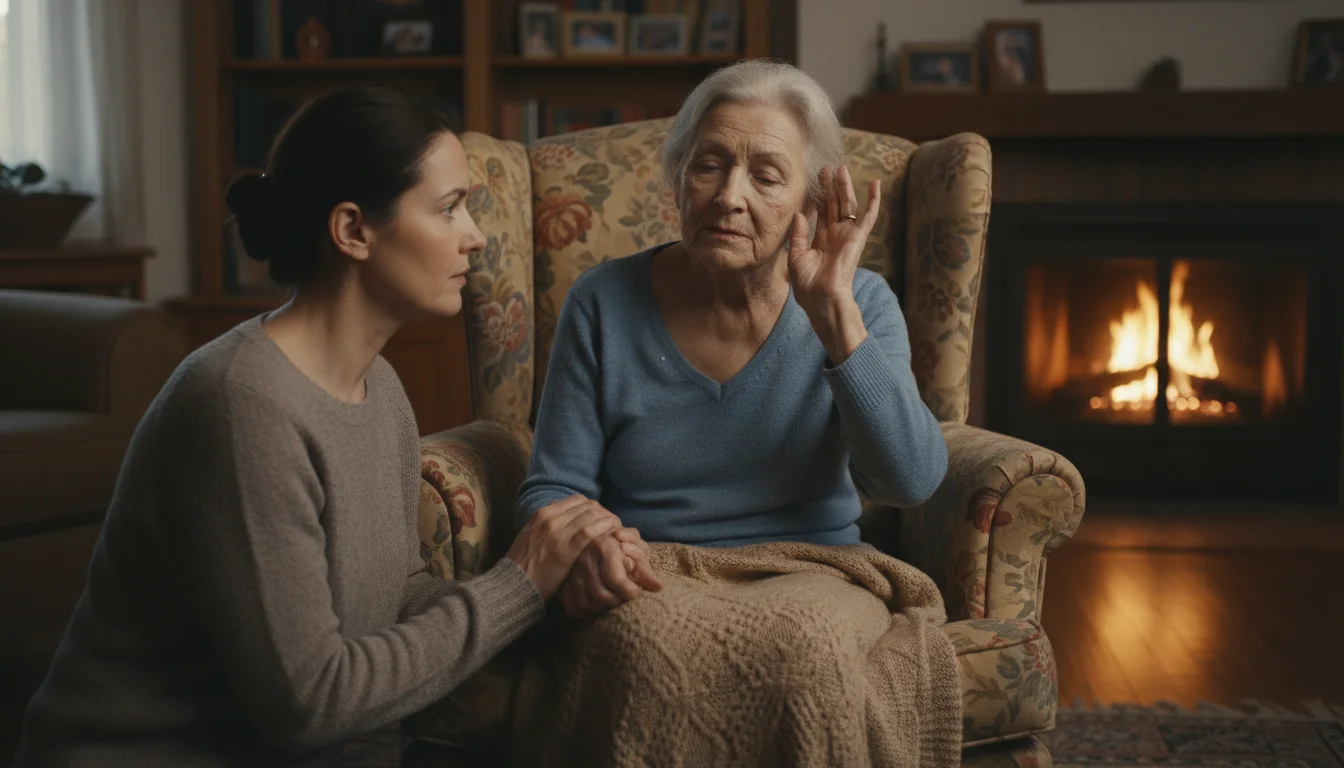
Potential Risks and Considerations
While music is overwhelmingly safe, it is important to be mindful of a few potential risks to ensure the experience remains positive and beneficial.
- Overstimulation: For some individuals, particularly those with dementia or sensory sensitivities, loud, fast, or complex music can be overwhelming and cause agitation or anxiety. It is crucial to choose music that is appropriate for the person’s current state and preference.
- Negative Associations: Music is tied to memory, and not all memories are happy. A particular song could inadvertently trigger feelings of grief, loss, or trauma. Be sensitive to emotional reactions and be prepared to change the music if it causes distress.
- Physical Safety: If music inspires movement or dancing, ensure the environment is safe and free of fall hazards like rugs or clutter. Individuals with balance issues should move with caution, perhaps while seated or with support.
- Hearing Protection: Always listen to music at a moderate volume to protect against hearing damage. Headphones, if used, should be set to a safe level.

A Step-by-Step Guide to Engaging with Music Safely
You do not need to be a professional musician or attend formal therapy sessions to reap the wellness rewards of music. You can create a therapeutic music practice right in your own home. The key is to be intentional and mindful. Here is a simple guide to get you started.
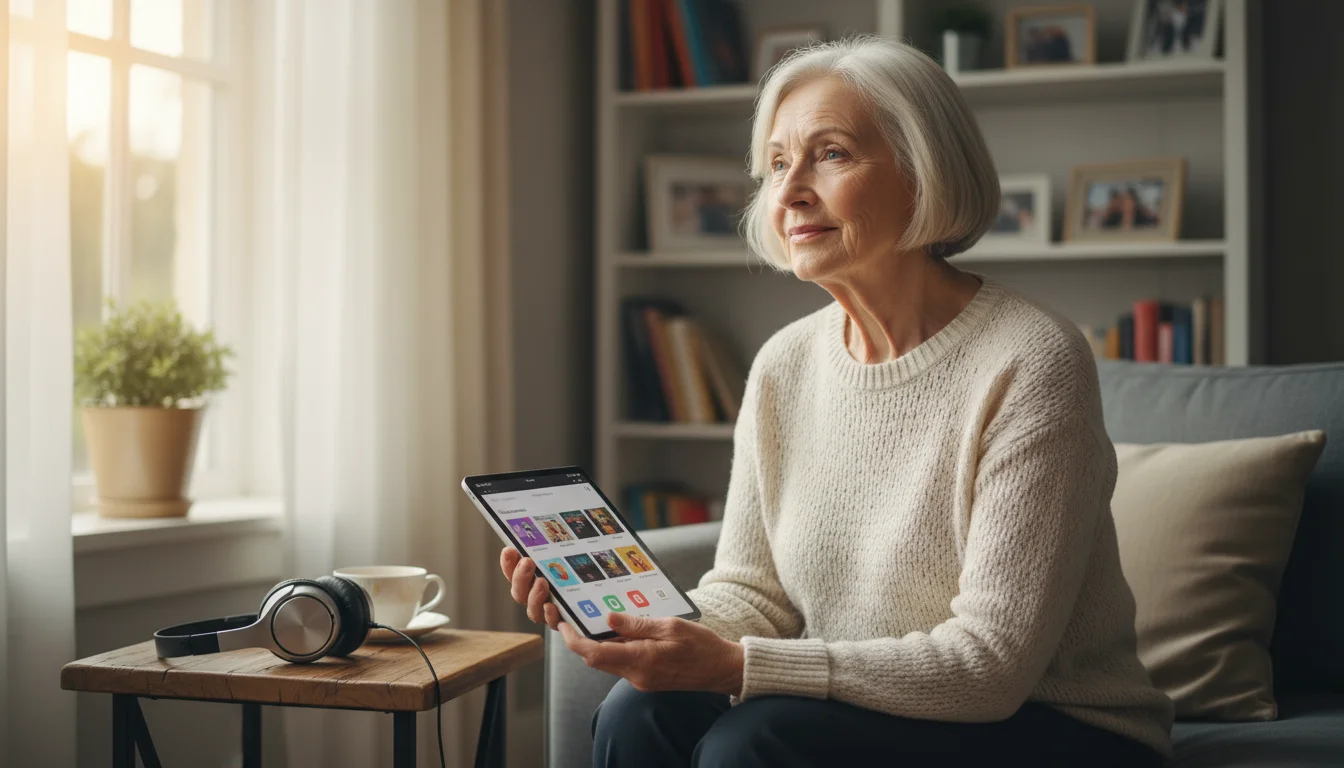
Step 1: Define Your Goal and Set the Mood
Before you press play, ask yourself what you hope to achieve. Is your goal to relax after a long day? To feel more energized in the morning? To reminisce about happy times? Your goal will guide your music choices. If you want to relax, choose music that is slow, has a consistent rhythm, and features gentle instrumentation. If you need an energy boost, pick something with a faster tempo that makes you want to tap your feet.

Step 2: Curate Personalized Playlists
Generic playlists can be nice, but personalized ones are far more powerful. Spend some time creating collections of songs based on different goals or eras of your life. Consider these ideas:
- A “Calming” Playlist: Fill this with slow classical music (like works by Debussy or Satie), soft instrumental pieces, nature sounds, or ambient music. This is perfect for meditation, reading, or winding down before sleep.
- An “Energizing” Playlist: This should feature upbeat songs that make you happy. Think of the music you loved in your late teens and twenties—big band, early rock and roll, Motown. This is great for listening to while doing light housework or gentle morning stretches.
- A “Memory Lane” Playlist: Include songs from important life milestones: your wedding song, a tune from a favorite movie, songs your parents loved, or music that was popular when your children were young. This playlist is wonderful for sparking conversation and joyful reflection.
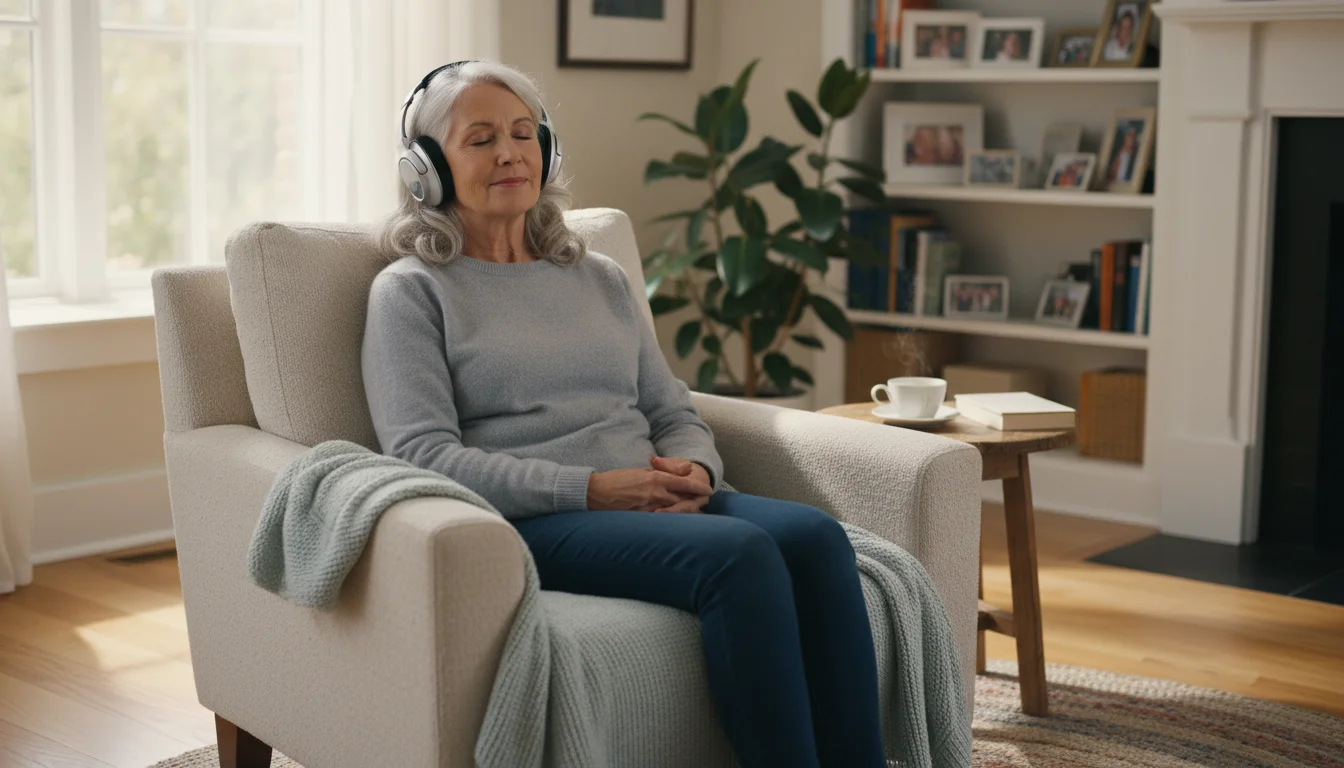
Step 3: Create a Safe and Comfortable Listening Environment
Your surroundings play a big role in how you experience music. To ensure safety and maximize the benefits, prepare your space.
- Choose a Comfortable Seat: Sit in a supportive chair, especially if you plan to listen for a while. If you might be inspired to move, make sure you can get up and down easily.
- Remove Hazards: Clear the area of any tripping hazards like loose rugs, electrical cords, or clutter on the floor. Good lighting is also important.
- Set a Safe Volume: The music should be loud enough to be enjoyed but not so loud that it could damage your hearing or be disruptive to others. If you live with others, consider using comfortable, high-quality headphones.
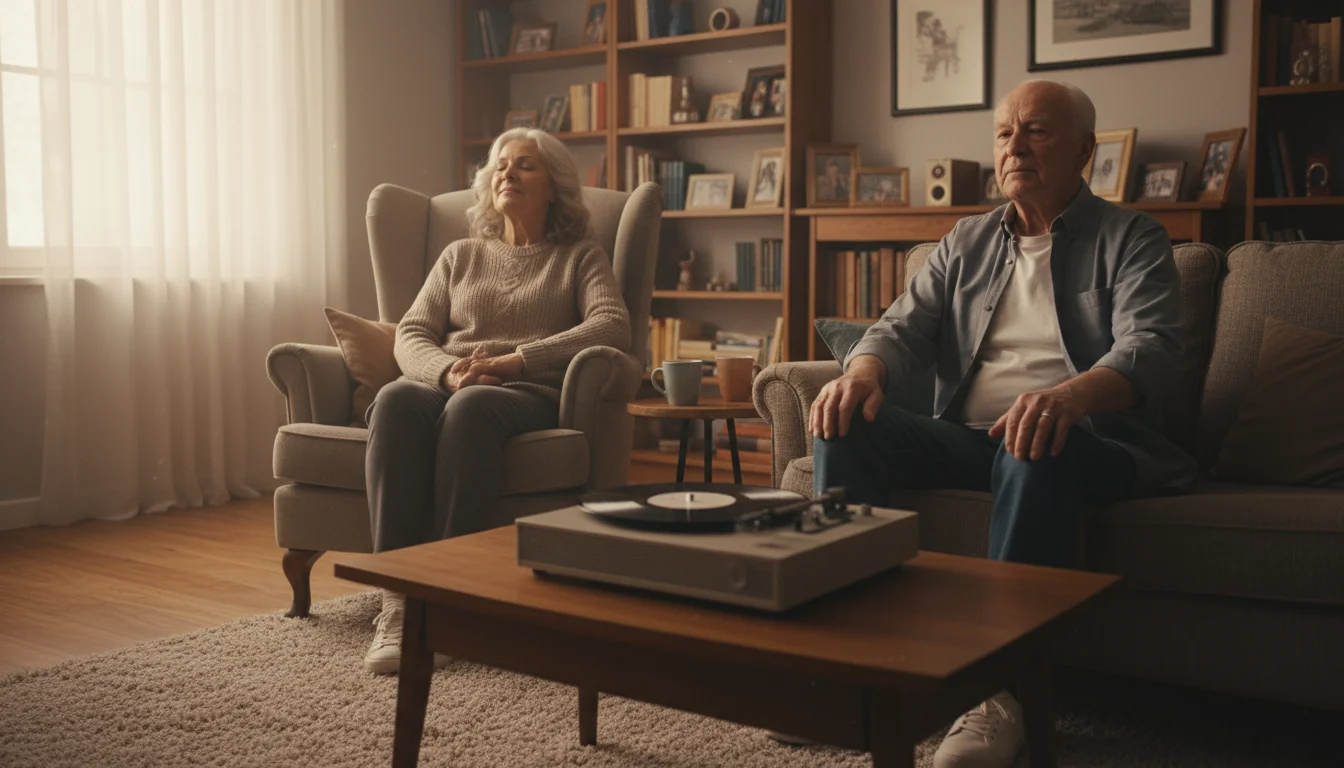
Step 4: Explore Both Receptive and Active Engagement
Therapeutic music is not just about listening; it can also be about participating. Try incorporating both approaches into your routine.
- Receptive Music (Listening): This is the practice of mindful listening. Close your eyes and try to focus only on the music. Pay attention to the different instruments, the melody, and the feelings the song evokes. This simple act of focused listening is a form of meditation.
- Active Music (Participating): You don’t need to be a trained musician to be an active participant. Sing along to your favorite songs—singing is a great breathing exercise! Tap your feet or clap your hands to the beat. If you have simple percussion instruments like a maraca or a small drum, play along. For those interested in a group setting, look into local community or church choirs, which offer wonderful social and health benefits.

Key Signs It’s Time to Consult a Doctor or Therapist
While using music for wellness at home is generally very safe, it is not a replacement for professional medical care. It is essential to recognize when it is time to seek advice from a healthcare provider. Please consult your doctor or a qualified therapist if you experience any of the following:
- Consistent Negative Reactions: If you find that music, regardless of the type, consistently causes you to feel agitated, anxious, sad, or overwhelmed, it is important to discuss these feelings with a professional. There may be underlying emotional or psychological issues that need to be addressed.
- Music Triggers Unmanageable Emotions: If a song brings up powerful memories associated with grief or trauma that you find difficult to cope with on your own, a therapist or grief counselor can provide you with the tools to process these emotions in a healthy way.
- Significant Cognitive Changes: While music can support cognitive wellness, it cannot reverse or cure progressive conditions like dementia. If you or a loved one are experiencing a noticeable decline in memory, problem-solving skills, or daily functioning, it is crucial to see a doctor for a proper diagnosis and treatment plan.
- Before Starting a New Physical Activity: If you are inspired to join a music-based exercise or dance class, talk to your doctor first, especially if you have a history of heart disease, breathing problems, dizziness, or balance issues. They can help you determine what level of activity is safe for you.
- Interest in Formal Music Therapy: If you wish to address specific health goals—such as motor skills rehabilitation after a stroke or deep-seated anxiety—ask your doctor for a referral to a board-certified music therapist (MT-BC). These professionals are trained to design clinical music interventions tailored to your specific needs.
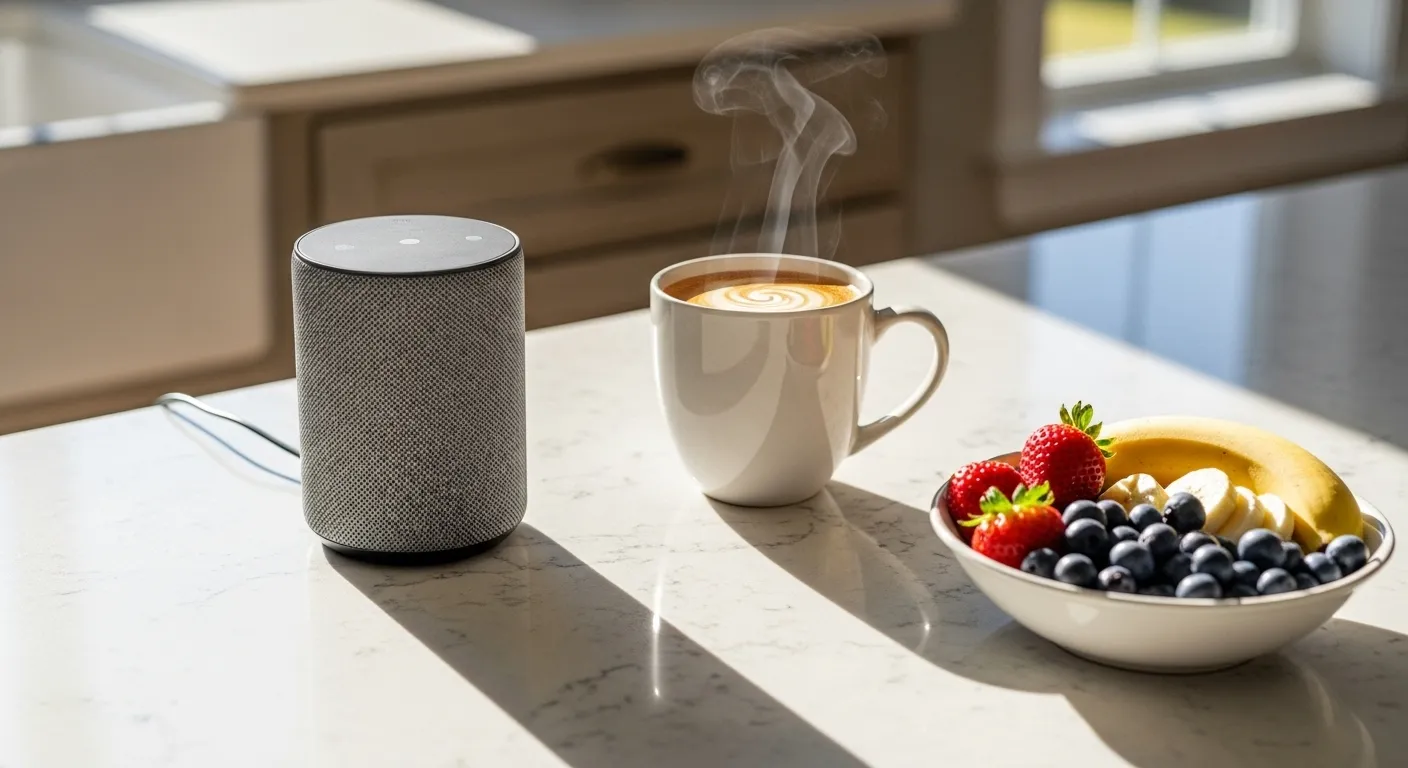
Making It a Part of Your Daily Routine
The key to unlocking the long-term music benefits is consistency. Integrating music into your daily life doesn’t need to be complicated. Small, simple habits can make a big difference.
- Start Your Day with a Song: Instead of turning on the television news first thing, play a few of your favorite uplifting songs while you prepare breakfast or enjoy your morning coffee. This can set a positive tone for the entire day.
- Create “Theme Music” for Chores: Make mundane tasks like tidying up or folding laundry more enjoyable by playing an energizing playlist. The time will pass more quickly, and the task will feel less like work.
- Schedule a Daily Listening Session: Set aside 20-30 minutes each day—perhaps in the afternoon when your energy dips—to simply sit and listen to music without any other distractions. Treat it as a form of self-care, a time to rest and recharge your mind.
- Enhance Mealtimes: Playing soft, calming instrumental music during lunch or dinner can aid digestion and create a more pleasant, relaxed dining experience, especially if you live alone.
- Use Music to Wind Down: An hour before bedtime, switch off screens and play your “Calming” playlist. This signals to your body and mind that it is time to relax and prepare for sleep, potentially leading to a more restful night.
- Share Music with Others: Make music a social activity. Invite a friend or family member over to listen to old records. If you have grandchildren, ask them to share their favorite music with you, and you can share yours with them. This is a wonderful way to connect across generations.
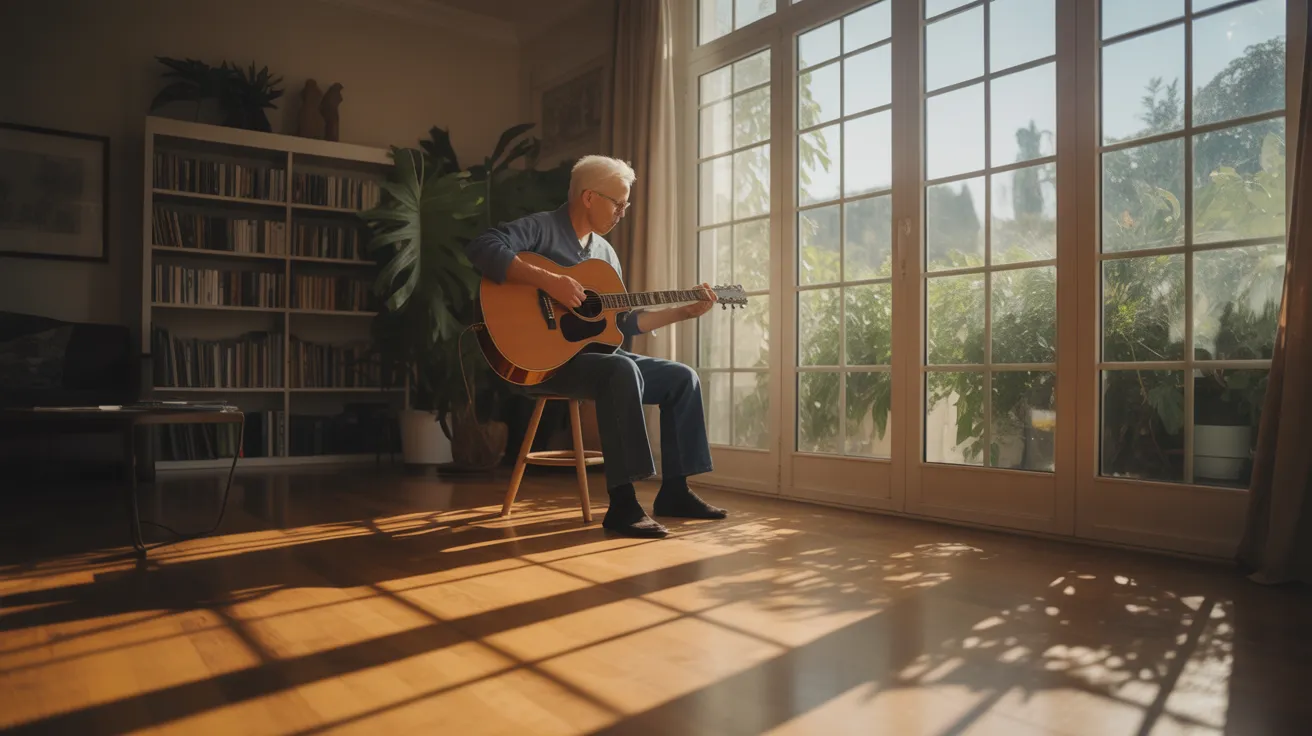
Frequently Asked Questions
What is the difference between formal music therapy and just enjoying music at home?
This is an excellent question. Enjoying music at home is a wonderful wellness activity that can greatly enhance senior happiness and relaxation. Formal music therapy, however, is a clinical health profession where a board-certified music therapist uses music to address specific, non-musical goals for a client. For example, a therapist might use rhythm to help a stroke survivor regain a steady walking gait or use songwriting to help someone process grief. While both are valuable, formal therapy is a goal-oriented treatment process, whereas personal enjoyment is a general wellness practice.
Can music truly help someone with Alzheimer’s or dementia?
Yes, extensively. While music cannot cure dementia, it is one of the most effective non-drug interventions for managing its symptoms. Because the part of the brain that processes music is often one of the last to be affected by the disease, familiar songs can still spark recognition and positive emotions long after other memories have faded. It can reduce agitation, improve mood, encourage social interaction, and provide a powerful bridge for communication between individuals with dementia and their caregivers.
Is music therapy or related services ever covered by Medicare?
Coverage can be complex and depends on the specific circumstances. In some cases, music therapy may be covered by Medicare Part B if it is deemed medically necessary as part of a broader treatment plan, such as in a psychiatric hospital or as part of a comprehensive rehabilitation program. However, standalone music therapy sessions are often not covered. It is always best to check directly with your provider and your plan. For insurance and medical coverage questions, refer to Medicare.gov.
I’m not a musician. Can I still benefit from active music participation?
Absolutely! You do not need any musical talent or training to benefit from active music-making. The goal is not performance; it is participation and expression. Singing along to a song, even if you are off-key, provides respiratory benefits and a mood boost. Tapping a simple rhythm on a tabletop engages your motor skills. The physical and emotional benefits come from the act of participating, not from the quality of the sound you produce.
Disclaimer: This article is for informational purposes only and does not constitute medical advice. The content is not intended to be a substitute for professional medical advice, diagnosis, or treatment. Always seek the advice of your physician or other qualified health provider with any questions you may have regarding a medical condition.
|
Fact-Checked Content
Our editorial team reviews all content for accuracy and updates it regularly. Learn about our editorial process →
|





